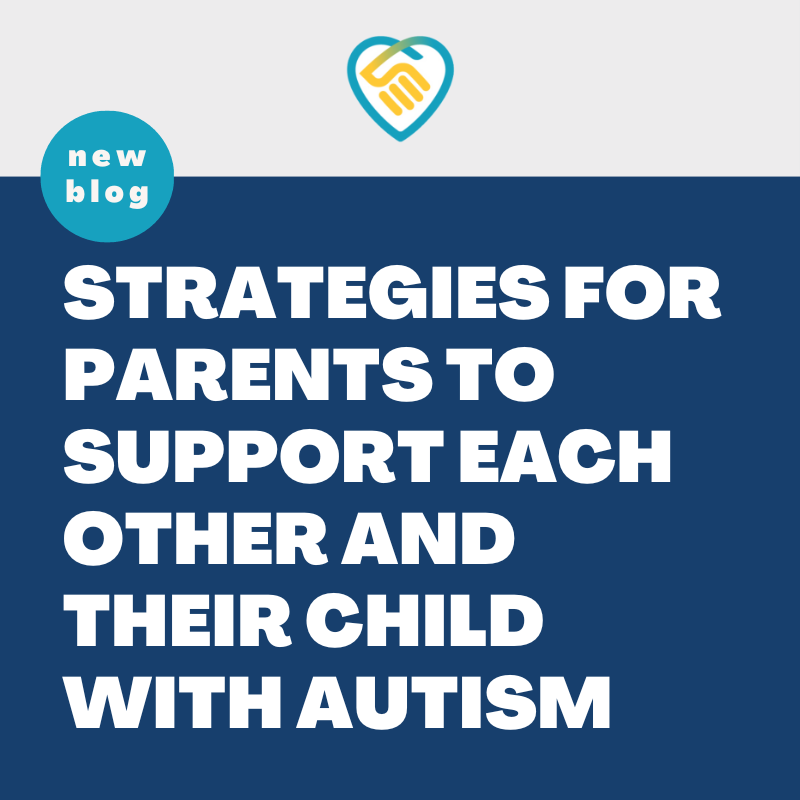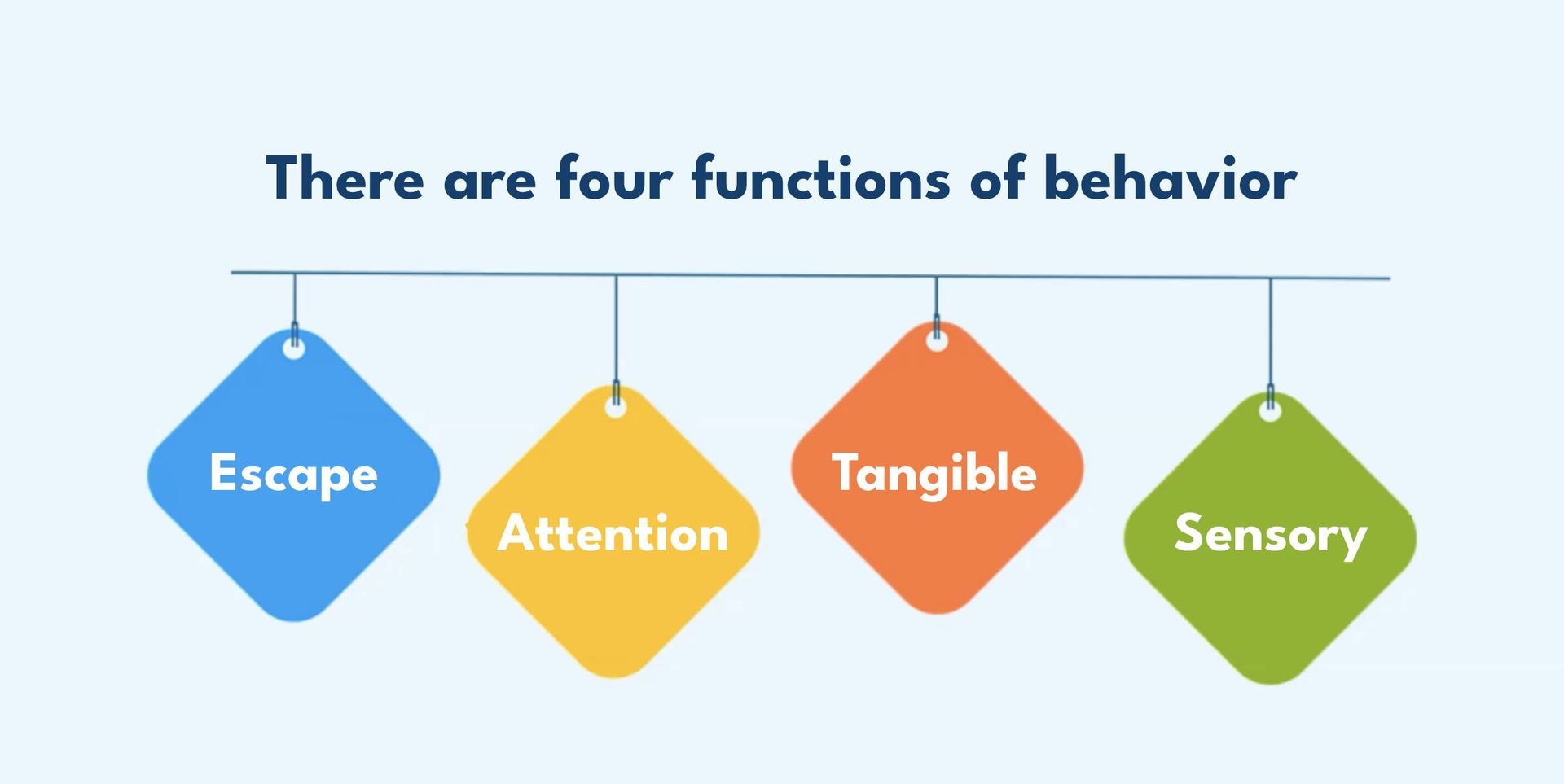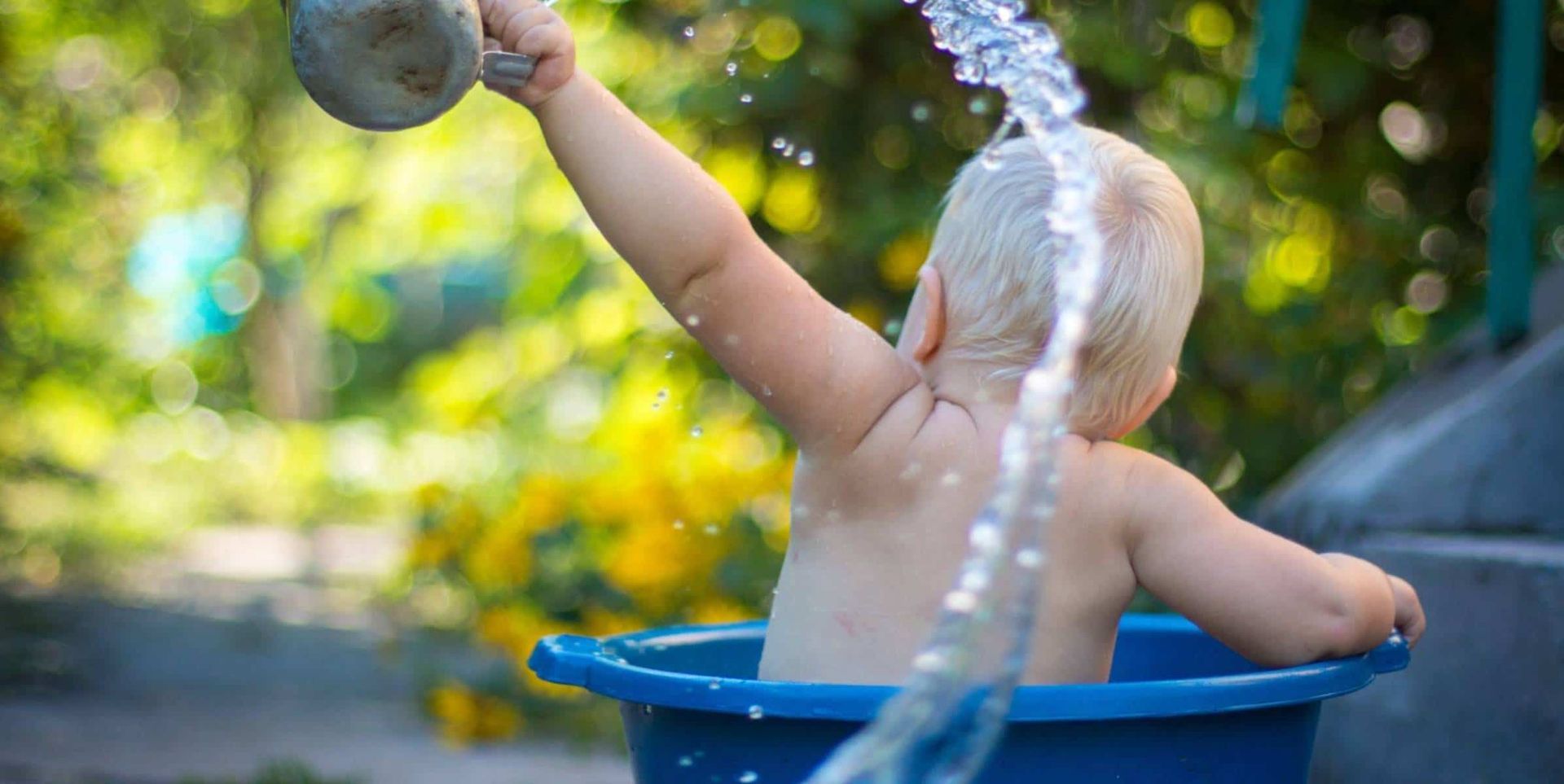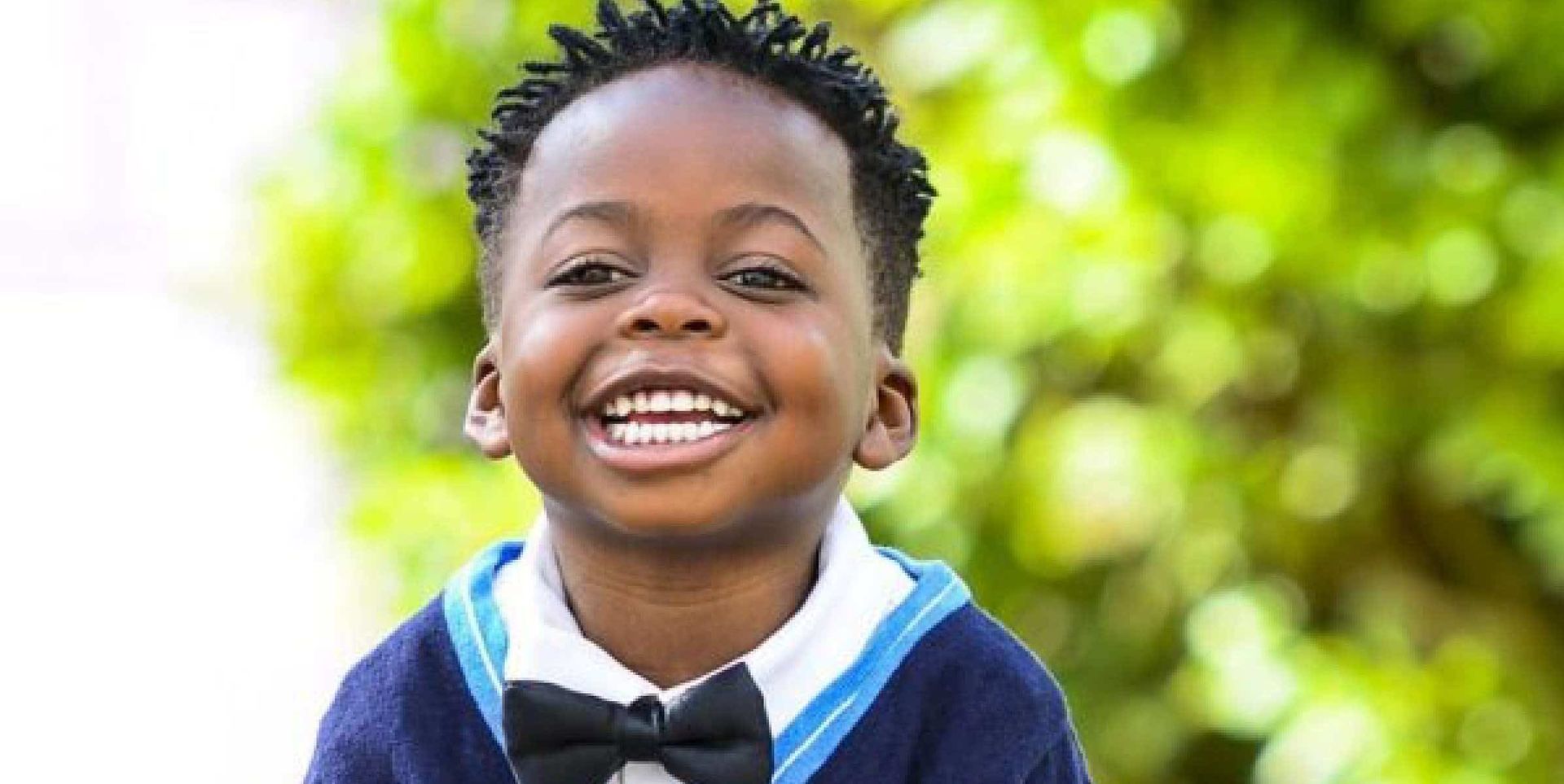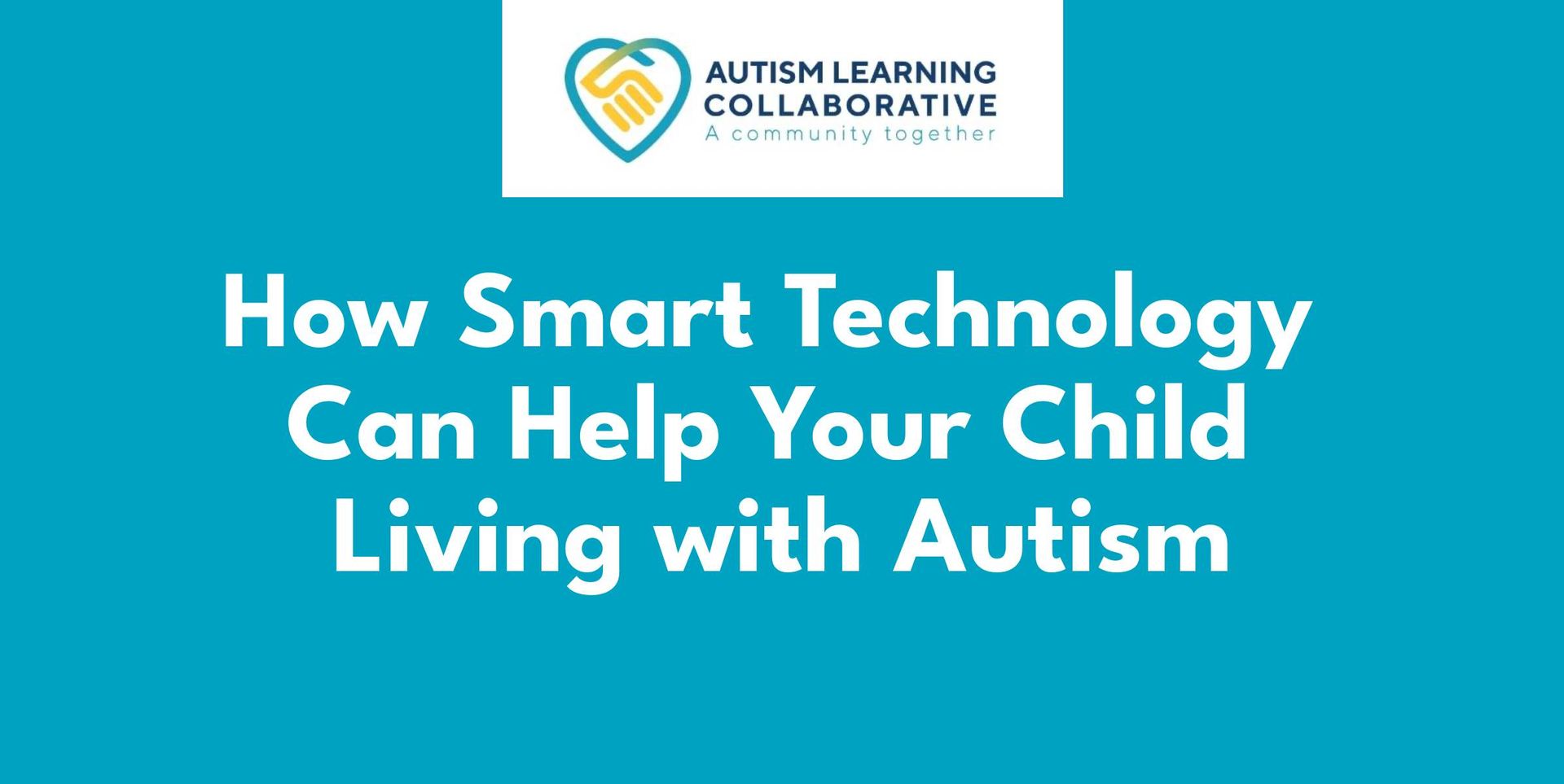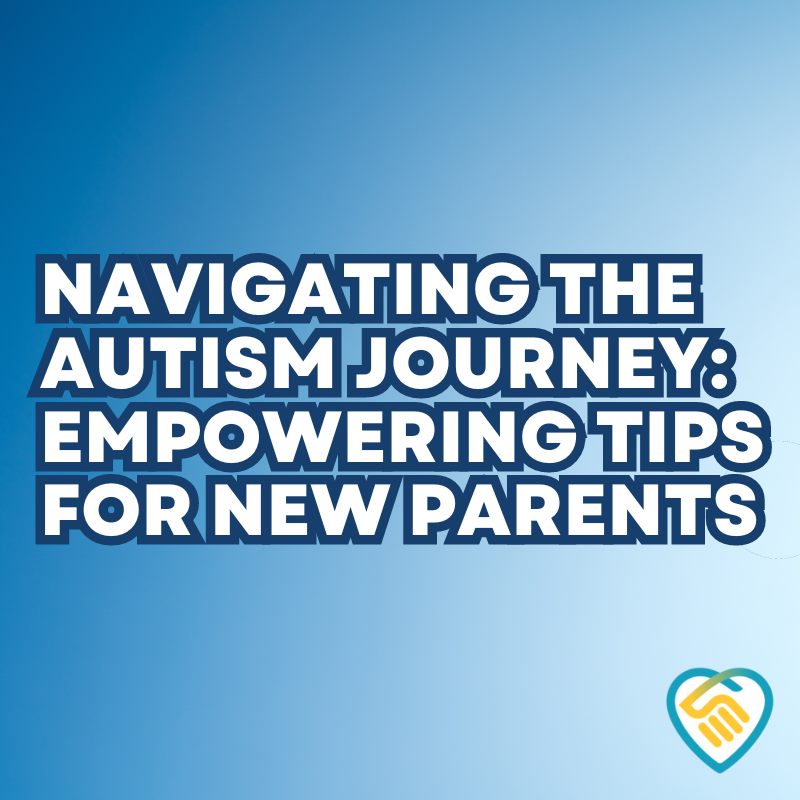Ah, the Mississippi River! A majestic waterway with deep historical roots, winding its way through the heart of America. And when it comes to the vibrant city of St. Louis, the river not only holds a rich past but also offers a plethora of activities for families. If you're a parent of young children, including those with autism, you might be pondering: what can we do around the Mississippi in St. Louis that's engaging for the whole family? Well, let’s set sail on an adventurous journey.
1. Gateway Arch National Park
Let's kick things off with an iconic emblem of the city: the Gateway Arch. This marvel is not just a sight to behold but also a destination for fun-filled activities. The lush green grounds are perfect for a family picnic. The park's openness and scenic beauty make it a calming spot, especially for kids with sensory sensitivities.
Highlight: The tram ride to the top of the Arch is a unique experience. However, be mindful of the confined space which might be overwhelming for some kids.
2. Riverboat Cruises
Experience the river up close aboard a charming paddle-wheel riverboat. Several cruises offer narrated tours, which can be an educational experience for the kids. Some even have special themed cruises, including ones tailored for children with storytelling and entertainment.
Tip: If your child is sensitive to loud noises, pack noise-cancelling headphones. The rhythmic sounds of the paddle-wheel can be soothing for many.
3. Mississippi Riverfront Trail
If your family enjoys cycling or taking leisurely walks, the Riverfront Trail is a picturesque route that offers views of the river, the Arch, and the downtown skyline. It's a peaceful way to soak in the sights and sounds of the river.
4. The Magic House, St. Louis Children's Museum
Just a short drive from the riverfront, this museum is a treasure trove of interactive exhibits. They've integrated sensory-friendly features, making it an inclusive space for kids with autism. There's a Water Play section where children can learn about the river's flow, tributaries, and more.
5. Nature and Wildlife
For those keen on experiencing the Mississippi's natural ecosystem, the Riverlands Migratory Bird Sanctuary is a must-visit. Located just 25 minutes from downtown St. Louis, it’s a haven for bird watching and offers serene walking trails.
6. Local Eateries and Treats
A day of adventure is bound to build an appetite! The riverfront and surrounding areas boast several family-friendly restaurants. Many places offer sensory-friendly environments or quieter corners for families who need them.
Tip: Look out for local ice cream parlors or treat shops. A sweet treat is the perfect way to end your riverfront adventure!
In Conclusion
The Mississippi River in St. Louis isn't just a historical landmark; it's a playground of adventures waiting to be explored. Its vast offerings ensure every family, regardless of their unique needs, finds something enjoyable. Remember, it's not about fitting your child into the adventure but tailoring the adventure to fit your child. Happy exploring!

